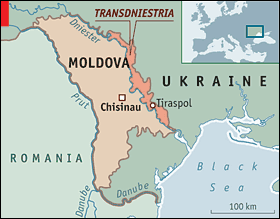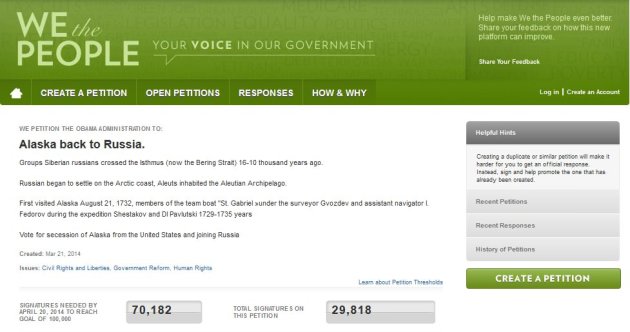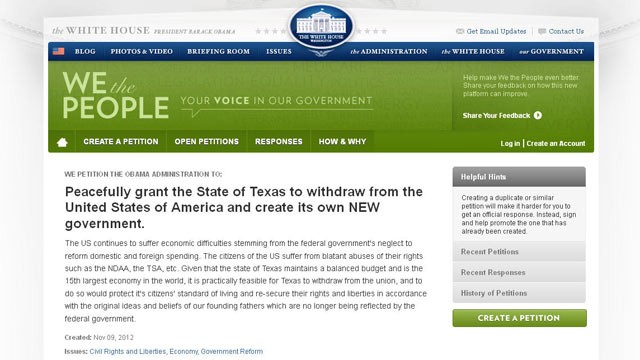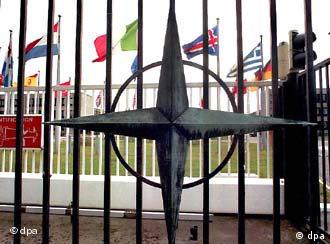
"We Slavs should live under Slavs", thinks the majority of Transnistria's half a million (30% Russian) population. As the situation in neighboring Ukraine escalates, this slogan is gaining popularity in the internationally (by the UN-members) unrecognized Pridnestrovian Moldavian Republic (PMR) or Transnistria autonomous territorial unit with special legal status (according to Republic of Moldova's 1990 designation). Nobody wants a chaos like in Ukraine and believe that Russian 1,199 troops, the 14th Guards Army, will ensure peace in the PMR. The special operation groups of the Russian Military Force has been on the territory of the "state" since the Soviet Union time as a part of peacebuilding mission in the conflict between Moldova and Transnistria. And, the warnings from the NATO and OSCE in 2006 and 2008 on non-interference into internal politics of the independent republic of Moldova have not been heard by the Russian Federation.
Transnistria is not the only possible "buffer zone" where the spillover of the Ukrainian conflict might occur. Almost all of the other 13 post-Soviet states do have a certain proportion of ethnic Russians living on their territories. Civil protests have not been new for the region as well. The year of 2005 attracted billion of television audience across the world to learn more about unstable societies, still transitioning from the Soviet system into officially democratic one through the means of color (orange, tulip, etc.) revolutions. The outcomes have proven the historical and permanent dependency on the former official center in the space, Moscow.
It should not be a surprise for a Western observer. The vast majority of the populations in the 15 newly-independent countries agree that standards of living in Russia are higher than in any of the other former-Soviet states. If the new governments could offer more than Russia, nobody would have to go to Russian cities as labor migrants. Additionally, Russia is liked for the continuously subsidized energy resources (primarily, oil and gas) that allow the members of the Commonwealth of Independent States (CIS) overcome fiscal annual challenges. Besides the economic sector, the Russian Federation remains to represent one of the major investors into the education in the space. Millions of students from the CIS receive scholarships to pursue their academic degrees in prominent Russian institutions in Moscow, St. Petersburg, Omsk, and Tomsk.
Politically, present authorities were raised and educated by the former-Soviet Union. Therefore, they are very interconnected and use common language in intraregional relations. As the major economic power and the historical boss, Russian leaders are listened to and often agreed with. Though, the number of representatives of the "independent" states' civil societies thinking differently, nationalistically, is growing and constructing their strategies for future development of own countries, where Russia will be one of the partners in economic, political, social, and security aspects, but not always the main.
However, because the vast majority of the 15 states' population has not been to Europe or the U.S., people cannot make a fully responsible choice of the path they want to pursue in order to live better. And, while the Western media is calling international attention to the invader, Russia, and the high chance for the spillover to take place in Transnistria or even Kyrgyzstan, some of the official statements coming from the CIS highlight shared understanding of the Russian Federation's activities "abroad". And, it becomes even harder to believe that upcoming 5+2 (Russia, Moldova, Transnistria, Ukraine, the OSCE, and observers from the EU and the U.S.), G7 (and not G8), and G20 format talks will dramatically change the aforementioned popular image of "the great power" in the post-Soviet space.
















